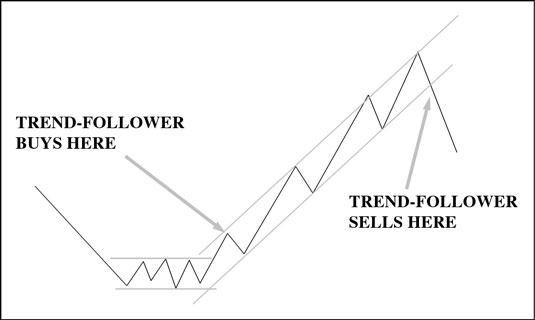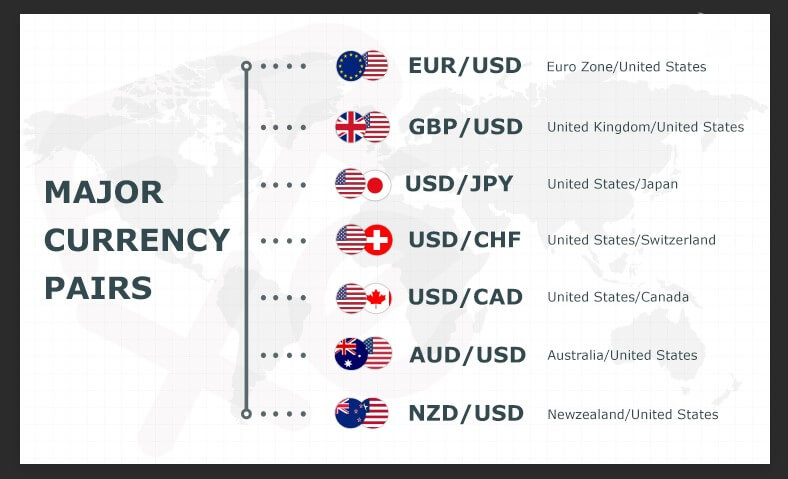- Managing risk: Trading is not just about making money, but also about managing the risk of losing money. This means having a solid risk management strategy in place, such as setting stop-loss orders and adjusting position sizes, to limit potential losses.
- Learning: Trading can be a great way to learn about different markets and products, as well as technical and fundamental analysis. It can also be a valuable learning experience in terms of developing discipline, focus, and risk management skills.
- Gaining experience: Trading can provide valuable experience, which can be useful in other areas of life, such as decision making, analyzing and interpreting information, and managing risk.
- Building a portfolio: Trading can be used to build a diversified portfolio of investments, which can help to mitigate risk and provide a steady stream of income over time.
- Creating a sense of fulfillment: Some people find trading to be a challenging and rewarding hobby that provides a sense of accomplishment and fulfillment.
It’s important to keep in mind that trading is not just about making money, but also about learning, managing risk, and creating a sense of fulfillment. It’s also important to have realistic expectations and not to put all your savings into it.

 A sniper’s mindset can be applied to trading in several ways:
A sniper’s mindset can be applied to trading in several ways: Trend following is a trading strategy that involves identifying and following the direction of market trends. Some advantages of trend following include:
Trend following is a trading strategy that involves identifying and following the direction of market trends. Some advantages of trend following include:


